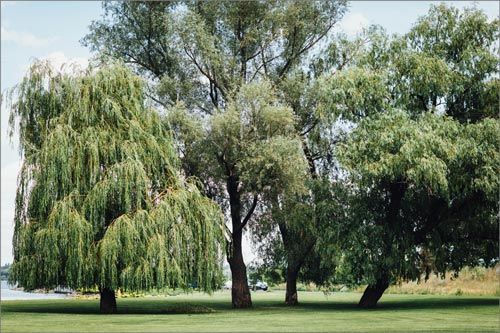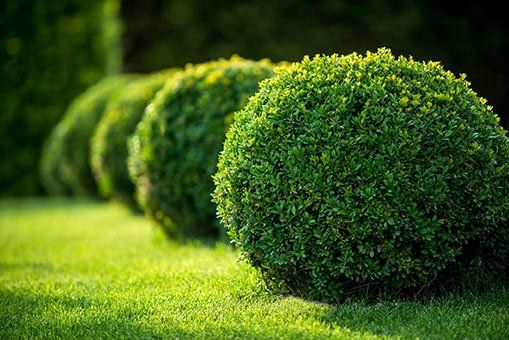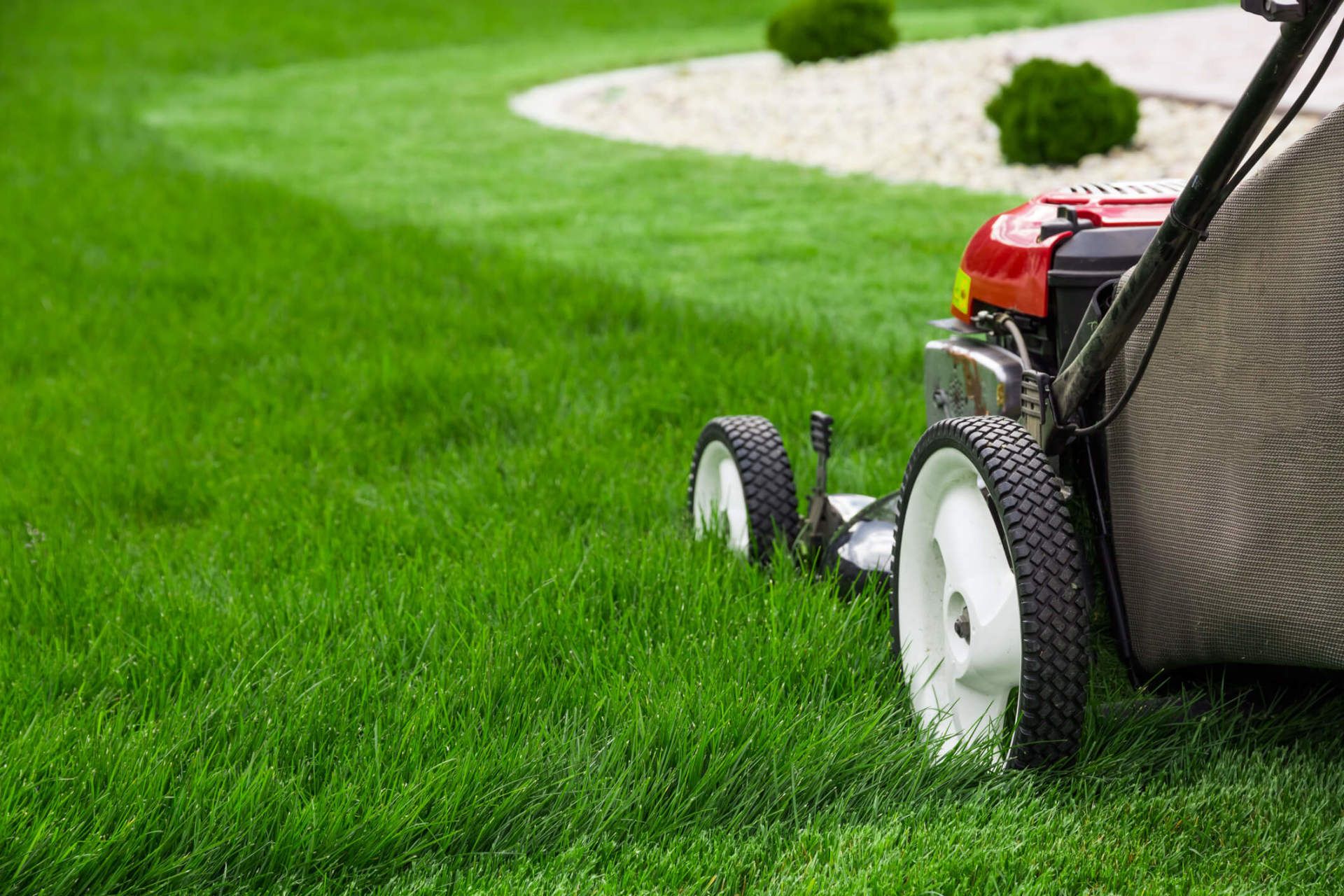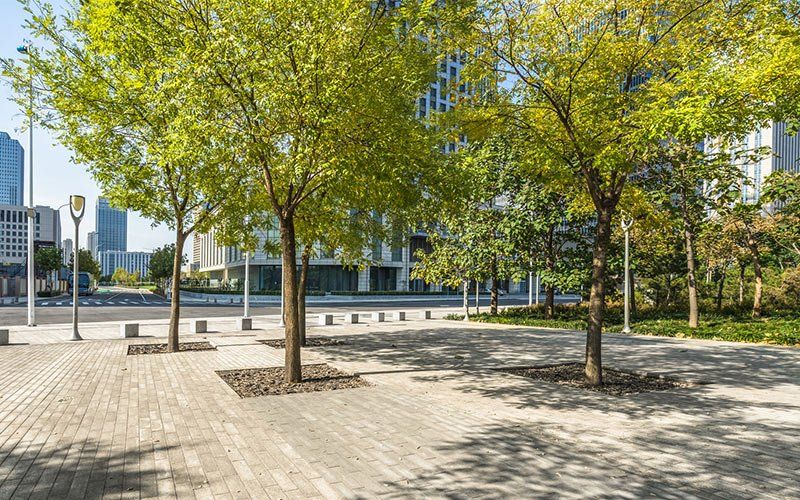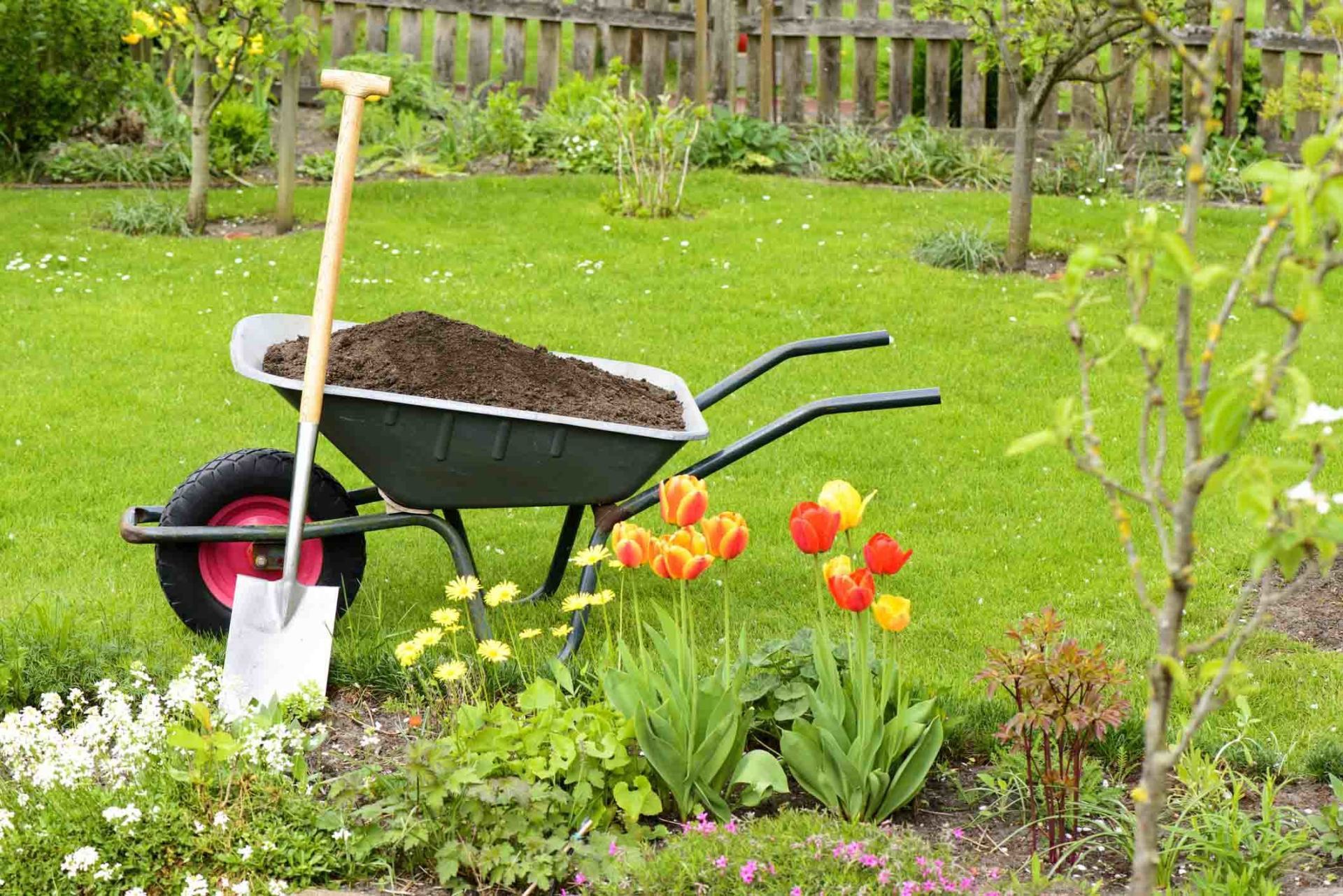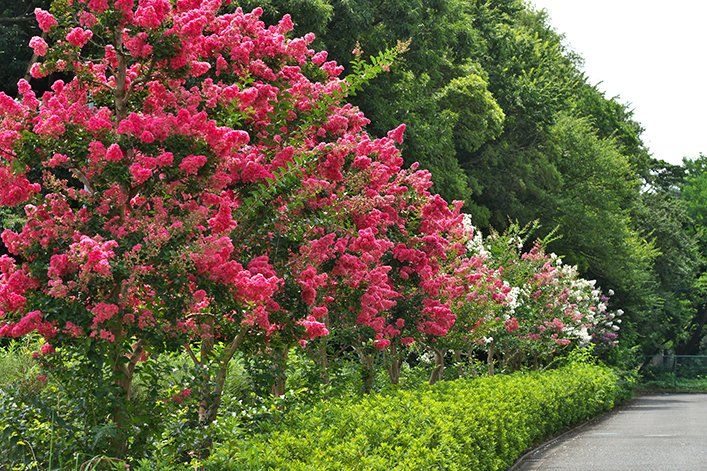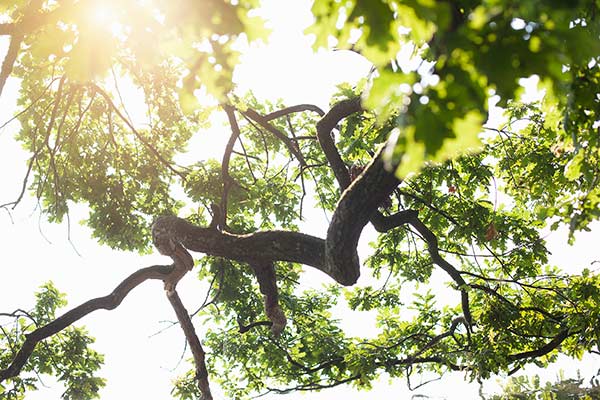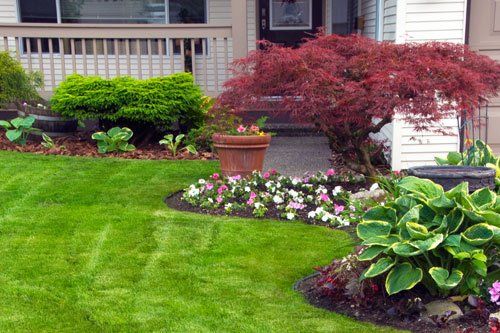4 Reasons to Resist Fast-Growing Trees
You want your yard to be a beautiful, comfortable space your family can enjoy. You can add trees to your landscape to provide shade, privacy, and year-round beauty. Whether you are putting in a new yard or contemplating some additions, it's time to make some tree choices.
1. Fast-Growing Trees Are Notorious for Weak, Brittle Wood
Fast-growing trees fill in space well, but such speed of growth translates into a tree with weak, brittle wood. Trees with softer wood in addition to a tendency to grow forks and crotches with narrow angles ultimately fare poorly under certain conditions.
Strong winds, added weight of snow and ice, and the passage of time all make branches more likely to snap. Additionally, smaller twigs commonly break off and litter your landscape with debris.
2. Fast-Growing Trees Are Susceptible to Disease
An unfortunate characteristic of trees that grow rapidly is their tendency to develop disease. Fungal canker disease is a common ailment of many trees. You may notice scattered areas of wilted leaves on the tree caused by canker, followed by dead, discolored, or sunken bark on the trunk or branches.
Willows and poplars are especially susceptible to canker that appears as lesions on the bark, black warts, or leaking orange sap. Sometimes canker appears as long thin lesions on tree bark. Often canker grows within a tree and causes wood rot.
3. Fast-Growing Trees Develop Shallow Roots
Tree roots anchor a tree firmly to the ground and draw nutrients and water from the soil and up into the tree. However, many fast-growing tree species develop very shallow roots. Shallow roots are a problem when they grow beneath sidewalks and driveways and crack the concrete. Roots that grow too near the surface of you lawn make it hard for grass to grow.
Additionally, a shallow root system is more likely to intercept underground sewer pipes and other important utility lines. The problems associated with broken pipes far outweigh the benefits of quick shade from a fast-growing tree.
4. Fast-Growing Trees Don't Last Long
Finally, trees that experience rapid growth do not stick around for the long haul. Multiple fallen branches and disease like fungal canker damage a tree enough to kill it. Pests like the elm leaf beetle and ash borer can also shorten a tree's life.
Some tree species just aren't very prolific. Expect the popular Bradford pear tree to quit before 20 years have passed, and a willow to last less than 50 years. When other tree ages reach into the hundreds of years, 20 to 50 years is not very long.
Fast-Growing Trees Are Not Your Only Option
Rather than plant a fast-growing tree, consider these wise options instead. Plant slower growing trees that are stronger, last longer, and resist disease. When you cannot wait a few years for shade or privacy, add a few fast-growing trees to the mix temporarily. When your investment proves up and those strong trees are a bit taller, remove the unwanted temporary trees.
You can help speed up the growth of slow growing trees with proper care. Check with your local agricultural extension for advice about watering and fertilizing to give your tree a boost. They can also tell you which trees grow well in your area and which trees to avoid.
Ted's Trees, LTD., can also give advice regarding tree choice in the Austin area as well as proper tree care and placement. Give us a call when you need help putting in new landscape trees or removing annoying fast-growing trees from your yard.
